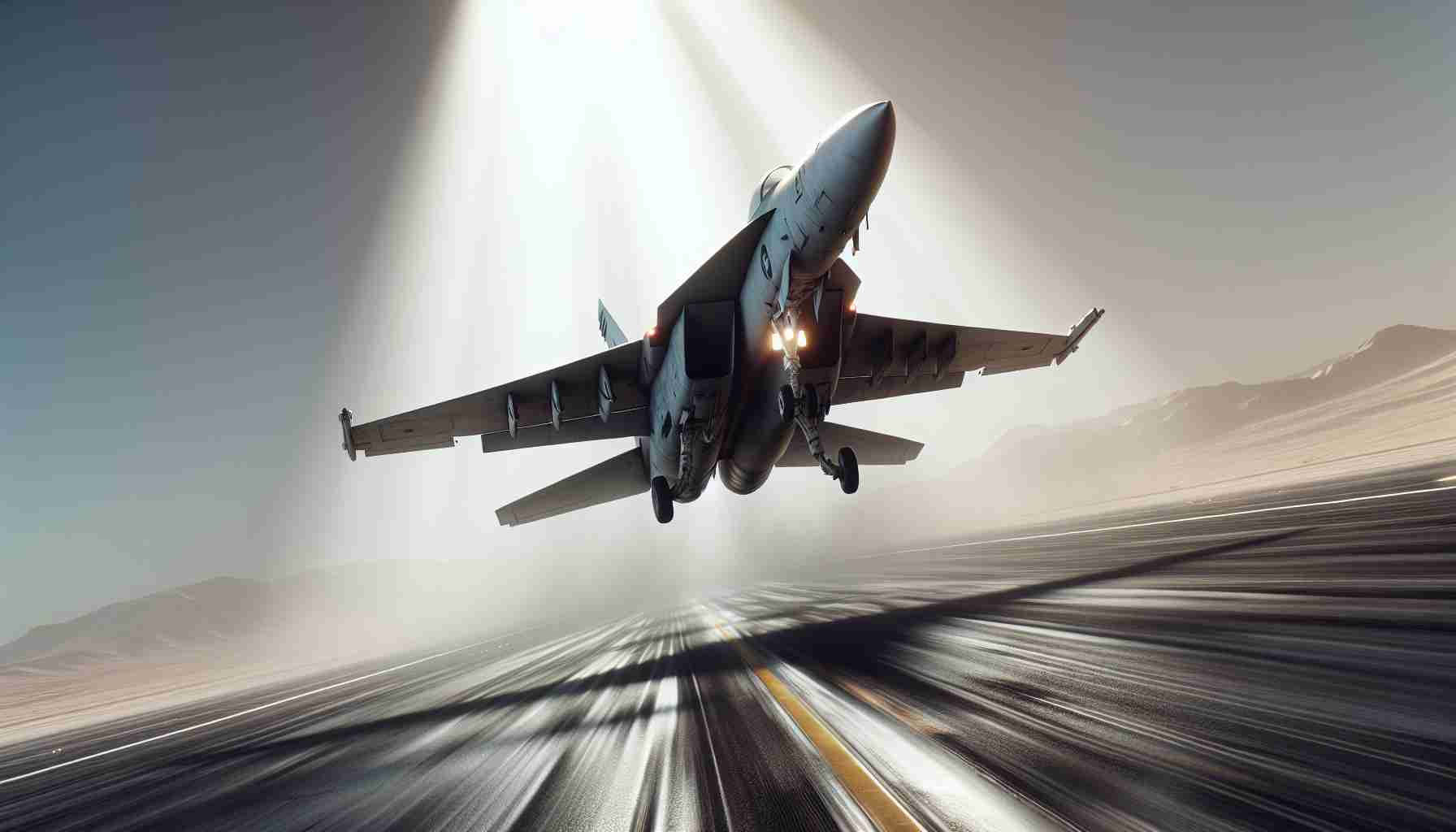A heavily-redacted government report has emerged, revealing the substantial shortcomings of the world’s most expensive fighter jet: the American F-35. With ongoing technical issues, disappointing performance, and cyber vulnerabilities, the F-35 has drawn criticism, notably from tech magnate Elon Musk.
Unveiling the F-35 Controversy
The F-35, dubbed the technological pinnacle of the U.S. military, faces new scrutiny after a declassified report exposed significant flaws. Overpriced and underperforming, this combat aircraft was expected to dominate the skies. Instead, it has been mired in delays and technical hitches since its maiden flight 18 years ago. Elon Musk, now advising President-elect Donald Trump, criticized the project’s ambitious blueprint and its spiraling costs, describing it as problematic from the outset.
A Stark Reality Check
The report, released under the Freedom of Information Act, has cast doubt on the F-35’s touted capabilities. Persistent issues include unreliable diagnostics and extended repair times, severely impacting the fleet’s operational readiness. One notable example is its problematic 25 mm cannon, which continues to face accuracy challenges despite multiple redesigns.
The document also alludes to cybersecurity weaknesses. Although specifics remain confidential, the call for more robust testing in realistic conditions underscores the plane’s potential exposure to cyber threats.
Future in Jeopardy?
Musk’s opinions, once dismissed as disruptive, now resonate as he influences governmental priorities. As head of the proposed “Department of Government Efficiency,” he’s expected to advocate for financial prudence. The F-35, with its staggering cost and questionable efficacy, is a prime target for budget cuts. As such, the future of this contentious jet hangs in the balance, with its continuation requiring the Department of Defense to convincingly justify further investments.
Behind Closed Doors: What the F-35 Controversy Reveals About Military Technology’s Future
Navigating the Turbulence of Modern Aviation
As the saga of the F-35 continues to unfold, the broader implications on military technology and human progress become increasingly evident. Designed to be a marvel of modern engineering, the fighter jet’s persistent issues reveal a tug-of-war between ambitious innovation and practical execution. But what makes the F-35 truly captivating is not just its flaws; it’s the conversation it inspires about the future of technology and defense.
Innovation vs. Execution: A Fine Line
The F-35 was initially heralded as a revolutionary leap for military aviation, boasting advanced stealth capabilities and seamless interoperability across different military branches. However, the ongoing technical hurdles it faces draw attention to a critical dilemma: Can cutting-edge innovation accommodate the practical demands of national defense? In this case, innovation has seemingly outpaced execution, leading many to question the feasibility of such multifaceted projects.
Interesting Facts and Emerging Controversies
One intriguing controversy surrounding the F-35 is the debate over its multifunctional design. Critics argue that by attempting to replace several aircraft types with one versatile fighter, the F-35 has become a jack-of-all-trades but a master of none. There are exciting yet contentious discussions on whether future technologies should prioritize specialization over multipurpose capabilities, potentially marking a shift in defense strategy.
Moreover, an interesting fact is that the F-35 incorporates over 8 million lines of code, a testament to its complexity but also its vulnerability. The magnitude of software dependency raises pivotal questions about cybersecurity in military operations: How can we safeguard these digital fortresses against ever-evolving cyber threats?
Pros and Cons: Weighing the Benefits and Burdens
On the positive side, the F-35’s groundbreaking avionics system and network-centric capabilities illustrate significant advancements in situational awareness and mission flexibility, offering a glimpse into the future of aerial combat. Its advanced sensors and seamless data integration have the potential to transform how pilots engage with their environment.
On the downside, the ongoing technical and financial issues cast doubt on the viability of such intricate systems. The sheer cost, coupled with the logistical challenges of maintenance and repair, jeopardizes its long-term sustainability. This evokes a pertinent question: Is the financial burden justifiable in the quest for technological supremacy?
Implications for Humanity and Future Technology
The F-35’s story serves as a microcosm of broader themes in technological development. It challenges us to rethink how we approach innovation in an era of rapid technological shifts. One of the critical lessons is the importance of balancing ambition with pragmatism—ensuring that visionary projects can be effectively realized within practical constraints.
Looking ahead, the evolution of military technology might hinge on finding harmony between cutting-edge advancement and operational reliability. The controversies and discussions sparked by the F-35 could guide future projects towards more sustainable and adaptable approaches, ultimately steering humanity toward a more secure and efficient technological future.
For more insights on innovation and technology, visit New York Times or Washington Post.







